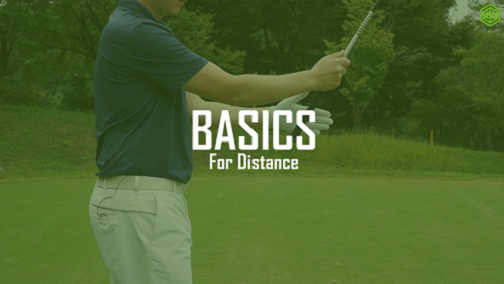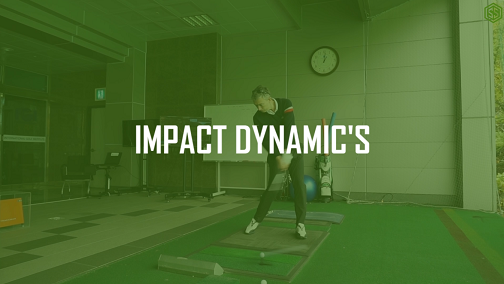Fixing an Upright Backswing
Connected, on plane, backswing
This is the lesson I’ve just given today. I feel it can be a good lesson for anybody who feels like their backswing gets steep, upright or in a high position. Anybody feels like they need to improve the connection between their arms and their body, and the relationship between the way the body works and the way the arms work. Players who get steep contact, big divots, pull shots, slice shots, this might be something which you can learn something from. Honestly, every golfer in the world, when you sit and analyze somebody’s swing, you can pick many different things you would like to see improve and no different with this girl. But, as with anything, what you are trying to do is your trying to think, “What’s the priority?”, “What’s the most important thing to improve?” And with this player, the biggest thing we’d like to see improve, to start with, would be the relationship between her arms and her body. Her arms and her body are not really matched up. They get separated in the back swing. Arms get a little high, steep.
She struggles, hitting deep contact, out-to-in, so she gets pull shots and cut shots. The longer the club is, the more this would happen. Now, she’s improving actually. If I just quickly showed you where she kind of came from, and this is a huge pull cut, very steep contact, so this young girl is really going in the right direction, quickly. But the final sort of step in relation to improving the way her arms and body work together came from understanding her posture better. And this is where I feel, hopefully, some people can benefit from. I thought her shoulders sat too far in front of her body. A very common postural fault these days; the way we do everything in front of us; computers, phones, driving a car. And shoulders come forward. We get tight here, and in our chest. And we get the muscles here in the back of our shoulder, in behind our shoulder blades, and between our shoulder blades become weak. Shoulders sit forward. That gets her arms in front of her body. At set-up we lose the connection. Even at setup, and it’s hard to maintain it during the swing. We did a few little posture exercises, but the main point here was I asked her to pull her shoulder blades together, activating the muscles in behind her shoulder blades and between her shoulder blades.
And yes, it felt a little bit awkward to her, but that pulled her shoulders back more in line with her ears. And then simply, all I asked her to do is to try to keep those muscles activated. Keep that feeling during the swing. And you can see that really sort of finished the job off, improving the relationship between her arms and her body. It shallowed out the swing, and then, yes, control sort of increased almost instantly. A good sign was it felt awkward, but the result was good. Not all the time, but I think for most of the time, if you are working on the right thing technically, even if it feels awkward, you’ll still see fairly good results. So that was sort of the last step we needed to take with improving that relationship between arms and body and hopefully she can sort of cement that in, and then we can get to work on a few other things. But you can see swing plane improved a lot. Contact became shallower, and certainly reduced, heavily reduced, this sort of pull cut. So anybody struggling with arms getting away from your body, feel like your steep, feel like you’re really hard, finding it difficult staying connected. You know, for example, this girl. We could do all the drills in the world to just try and feel like her arms are low, but still her arms got high. So really she had to be aware of how the posture, how the muscles in the back of your shoulders help bring your arms, and this is a key point, help to bring your arms onto the side of your body at setup, and then how they help to maintain that position throughout the swing, where your arms keep that connection throughout the swing. Hope that benefits some people. Thanks for watching and we’ll see you again soon.




